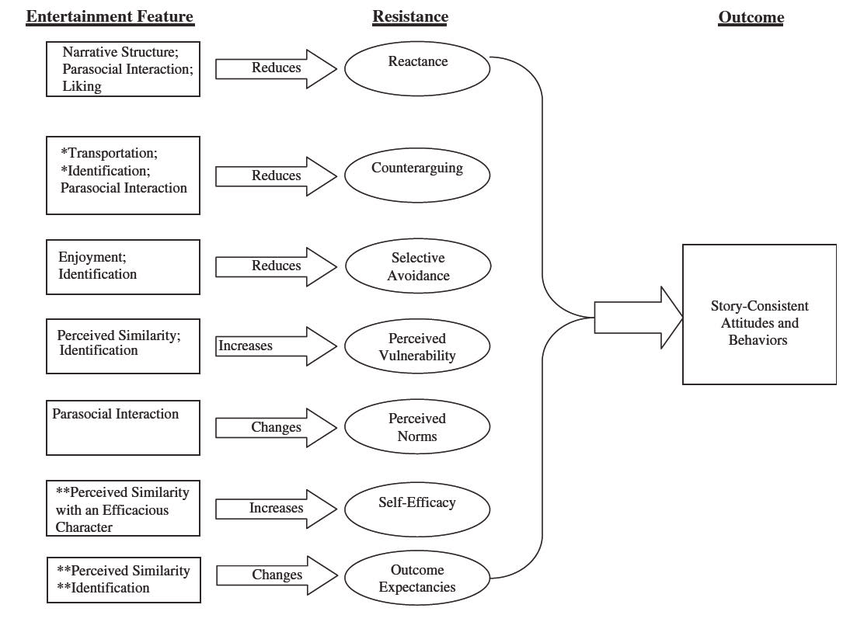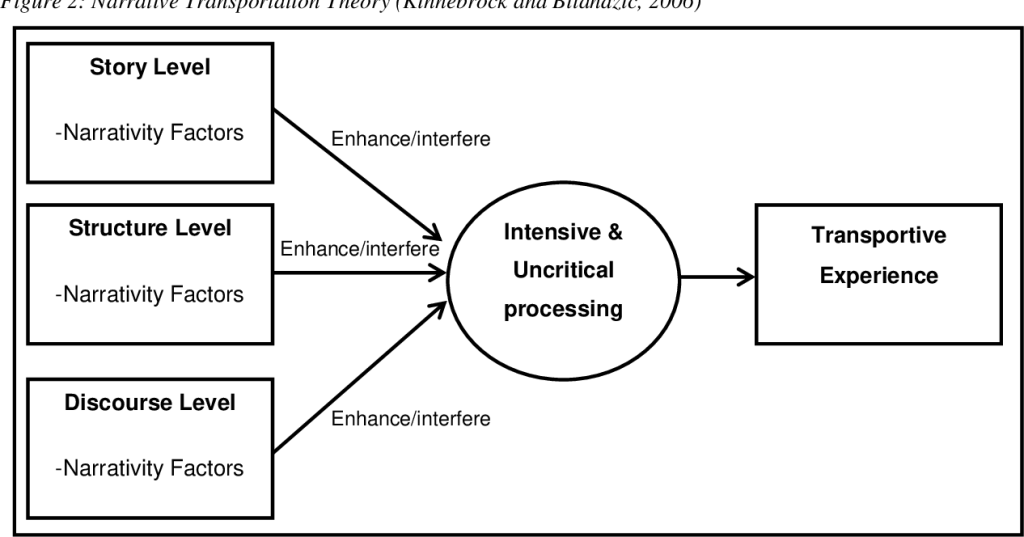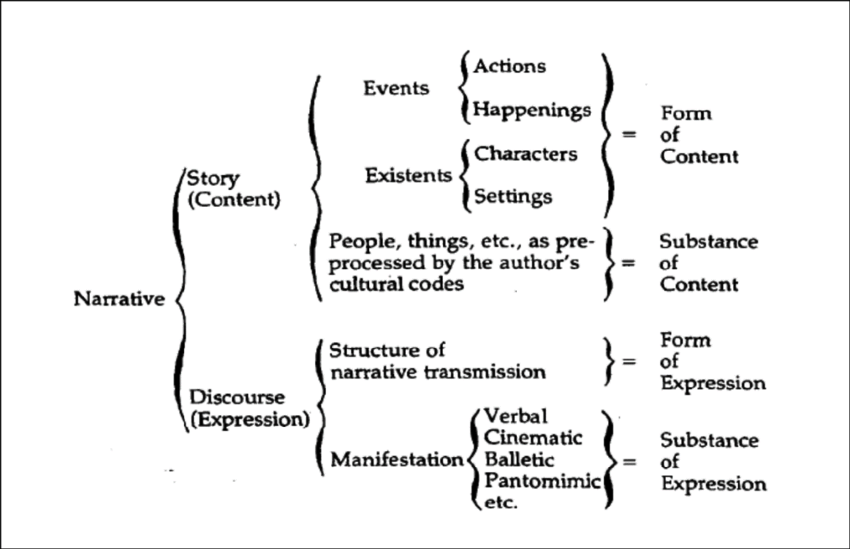Narrative engagement is a crucial concept in media studies that refers to the process by which audiences are drawn into a story and become emotionally invested in the characters and their journey. This engagement can be achieved through a range of narrative techniques, such as compelling storytelling, relatable characters, and immersive world-building. In this discussion, we will explore the concept of narrative engagement in more detail, with reference to relevant academic literature.
One of the key factors in narrative engagement is the ability of a story to create a sense of immersion in the audience. Immersion refers to the degree to which the audience feels as though they are a part of the story world, and can be achieved through a variety of means, such as visual and auditory cues, interactivity, and sensory stimulation. According to research by Ryan and Deci (2006), immersion is an important component of narrative engagement, as it allows the audience to become fully absorbed in the story and feel a greater sense of connection with the characters.
Another important aspect of narrative engagement is the creation of relatable and empathetic characters. According to research by Cohen (2001), characters that are well-developed and relatable are more likely to engage the audience emotionally, leading to greater investment in the story. Additionally, characters that exhibit traits or experiences that the audience can relate to, such as personal struggles or emotional turmoil, are more likely to elicit empathy and emotional responses from the audience.
In addition to the above factors, effective storytelling is also critical to creating narrative engagement. This includes a well-structured plot, clear and concise writing, and the ability to create tension and suspense throughout the story. According to research by Mar and Oatley (2008), the ability of a story to create tension and suspense is one of the key factors in narrative engagement, as it keeps the audience invested and emotionally connected to the story.
In conclusion, narrative engagement is a complex and multifaceted concept that is critical to the success of any narrative media. The ability of a story to create a sense of immersion, develop relatable characters, and engage the audience emotionally through effective storytelling are all important components of narrative engagement. By understanding and applying these principles, media students can create compelling and emotionally resonant stories that capture the imagination and engage audiences in meaningful ways.
References:
Cohen, J. (2001). Defining identification: A theoretical look at the identification of audiences with media characters. Mass Communication & Society, 4(3), 245-264.
Mar, R. A., & Oatley, K. (2008). The function of fiction is the abstraction and simulation of social experience. Perspectives on Psychological Science, 3(3), 173-192.
Ryan, R. M., & Deci, E. L. (2006). Self-regulation and the problem of human autonomy: Does psychology need choice, self-determination, and will? Journal of Personality, 74(6), 1557-1585


